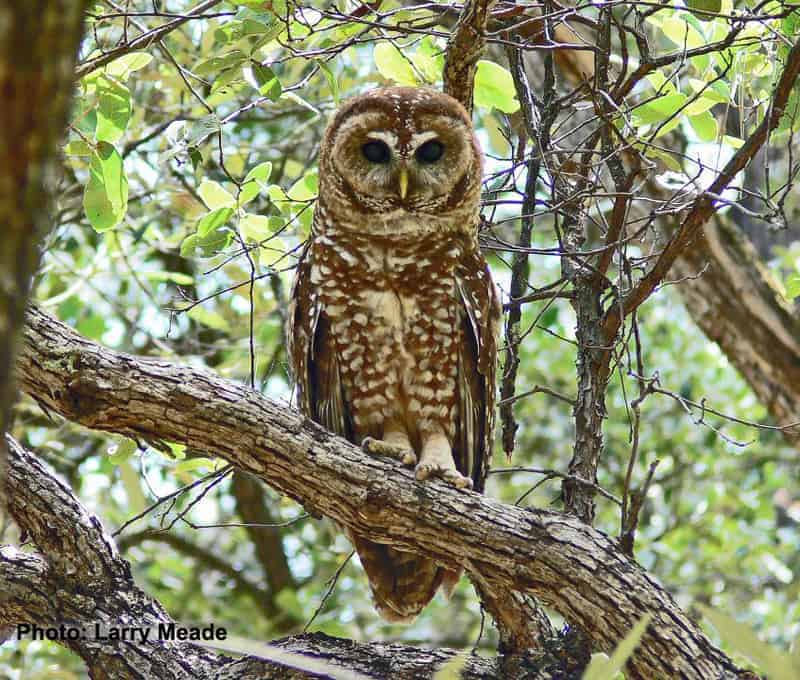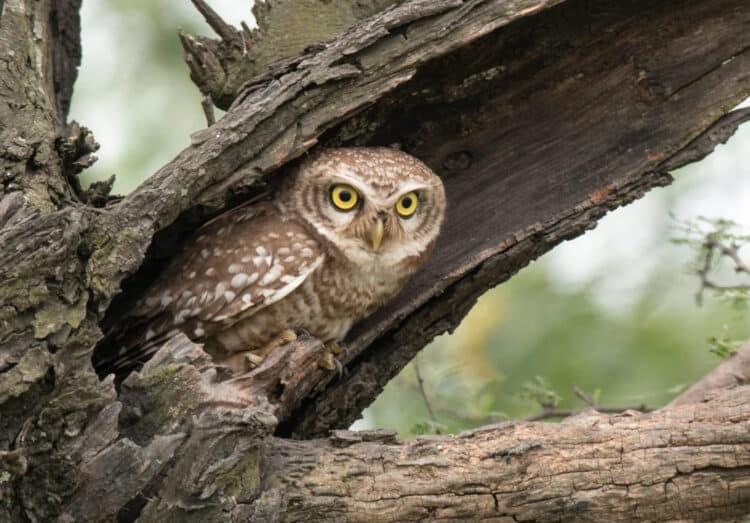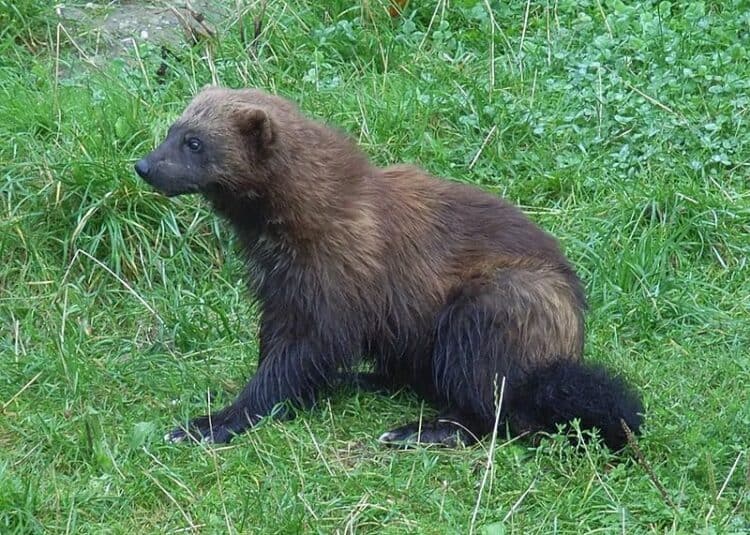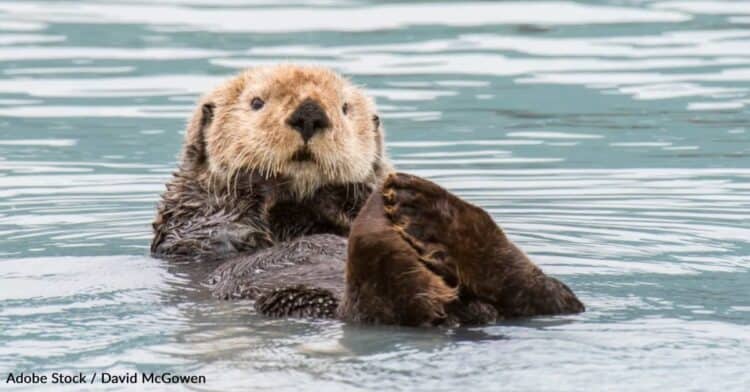The U.S. Fish and Wildlife Service (FWS) is recommending increased protection for some important old-growth forest in the Pacific Northwest to benefit the threatened Northern Spotted Owl, but at the same time is recommending management standards that could allow logging of owl habitat in forests east of the Cascades.
“The increase in the amount of old-growth forest designated as Critical Habitat for the Northern Spotted Owl is a triumph of sound science ,” said Steve Holmer, Senior Policy Advisor at American Bird Conservancy. “Protecting the owl’s old-growth forest habitat will also help communities and the nation by preserving a world-class tourism destination, a sustainable recreation economy, and a source of clean drinking water for millions of people.”
The Service has released a draft Critical Habitat designation that is now open for public comment. Although additional habitat has been recommended for protection, some portions of the proposed Critical Habitat will have more lax management standards that are raising concerns among conservationists.
“Conserving additional owl habitat with the Critical Habitat designation is a major step forward. On the other hand, the Service’s plan to weaken forest protections east of the Cascade Mountains could open the door to extensive logging in owl habitat before we know whether it is beneficial,” said Holmer. “We’d like to see research on small-scale thinning projects before the whole landscape is subjected to these treatments.”
The Northern Spotted Owl was listed under the Endangered Species Act in 1990 due to logging of 85% of its original habitat. It is now thought to number fewer than 4,000 pairs, and is declining at a rate of 2.9% per year.
FWS is also calling for the experimental removal of Barred Owls to determine whether reduced competition will benefit the Spotted Owl. The Barred Owl, a species originally limited to eastern North America, is now invading western forests and out-competing Spotted Owls for suitable habitat. Results of the Barred Owl experiment will be available in 3-5 years. At that time, the agency can then determine which management of Barred Owl populations would be appropriate.

“The Fish and Wildlife Service is proposing a very carefully thought-out experiment to see whether removing hundreds of Barred Owls will benefit Spotted Owls,” said Holmer. “We’d like to see the same determined effort to assess the effect of forest thinning on owl populations, but the agency’s current recommended plan of action doesn’t include that.”
The Critical Habitat designation supports a proposal by the Wenatchee National Forest in Washington State to eliminate a system of late-successional reserves created under the Northwest Forest Plan that benefit the threatened Northern Spotted Owl. This proposed “reserve-less strategy” spawned strong opposition from The Wildlife Society, Society for Conservation Biology, and American Ornithologists’ Union, scientific societies that peer-reviewed the draft owl recovery plan.
“We don’t believe the agency has used the best available science in its recommendations to eliminate owl reserves on the Eastside forests,” said Holmer. “This is something we hope to see corrected in the final designation. The Northern Spotted Owl is in a precarious position, and we need to get the Critical Habitat Plan right.”
This article was written by American Bird Conservancy (ABC), a 501(c) not-for-profit membership organization whose mission is to conserve native birds and their habitats throughout the Americas. ABC acts by safeguarding the rarest species, conserving and restoring habitats, and reducing threats, while building capacity in the bird conservation movement.






Leave a Reply